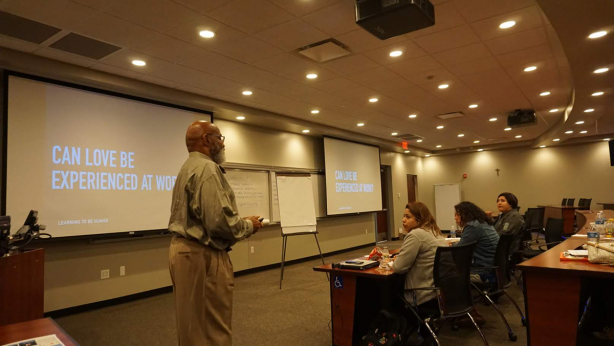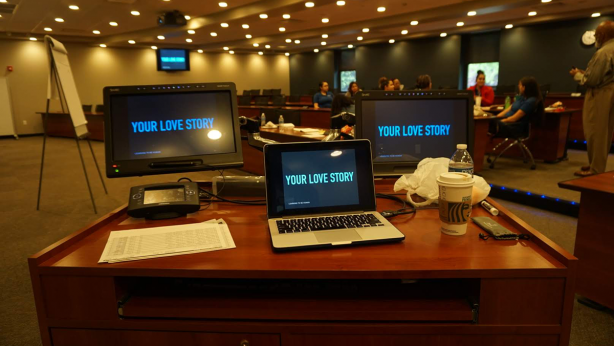Leadership is Not For Wimps!
Do you have the mental and emotional fortitude to lead others, which would, of course, include yourself? If I were able to follow you around with a movie camera, what would I observe about your leadership skills? What would individuals you lead most admire about your leadership? Most of us relish in the positive ego-centric benefits around leadership. We love the perks of power, prestige, possessions, sometimes known as the 3 P’s, yet we undervalue or discount the adherent dangers of what leadership requires within today’s organizations.
In the world of diversity and inclusion, individuals at all organizational levels need to have a mature fortified leadership perspective if they hope to provide a positive influence within the workplace. A typical approach toward addressing human interaction or relationships usually associated with diversity, inclusion, and inequality, are often relegated to know-how, policies, and procedures. Professors Robert Heifetz and Marty Linsky would call that technical. On the other side, most intricate human relations issues such as diversity, inclusion, and inequality require an adaptive approach. Heifetz and Linsky consider these challenges adaptive because they need experiments, discoveries, and adjustments from numerous places, including the individual, the organization, or community.
The irony of adopting adaptive thinking to complex organizational issues, Heifetz and Linsky suggest danger results from bringing into question current values, beliefs, stereotypes, or habits built and developed over a lifetime. Having an adaptive mindset places you “on the line,” especially when you tell people what they need to hear rather than what they want to hear. Leadership becomes dangerous and require courage when you must confront people with loss of the status quo, diminishing highly treasured power, prestige, and possessions.
When adopting an adaptive perspective, you must arm yourself from an onslaught of attacks and personal criticism. Heifetz and Linsky suggest the following:
Leadership Is Not For Wimps!
- Find partners – Acquiring and identifying like-minded people can help you withstand the fight.
- Keep the opposition close – Knowing who you are up against is crucial, and may not be visible or in plain sight.
- Accept Responsibility for Your Piece of the Mess – We all have complicity in organizational dysfunction. Being able to own up to yours is essential and promotes authenticity.
- Acknowledge Their Loss – Being empathic and compassionate over letting go of previous power structures and policies let the opposition know that you realize this is not an easy process.
- Model the Behavior – Modeling the behavior of being a courageous leader helps others learn vicariously what it takes to lead in areas of uncertainty and ambiguity.
- Accept Casualties – Understand some will hold onto the past as if their life depends on it. Their unwillingness to let go, so the new can come forward might mean separation from the organization.
So are you ready to be a leader and confront all its inherent dangers, or are you a wimp? Taking a look at Heifetz and Linsky’s resource to navigate through the hazards to “stay alive,” might prove useful.
Leadership on the Line, With a New Preface: Staying Alive Through the Dangers of Change
Gerry D. Bouey, Ph.D.


